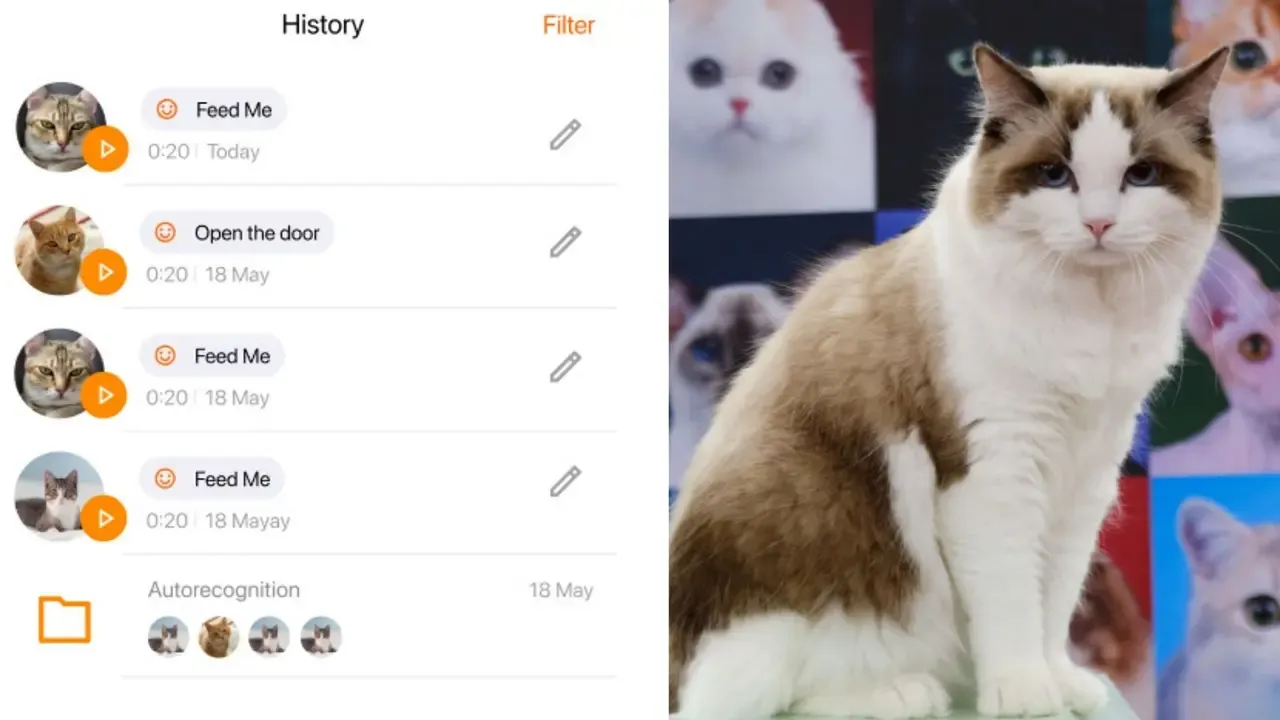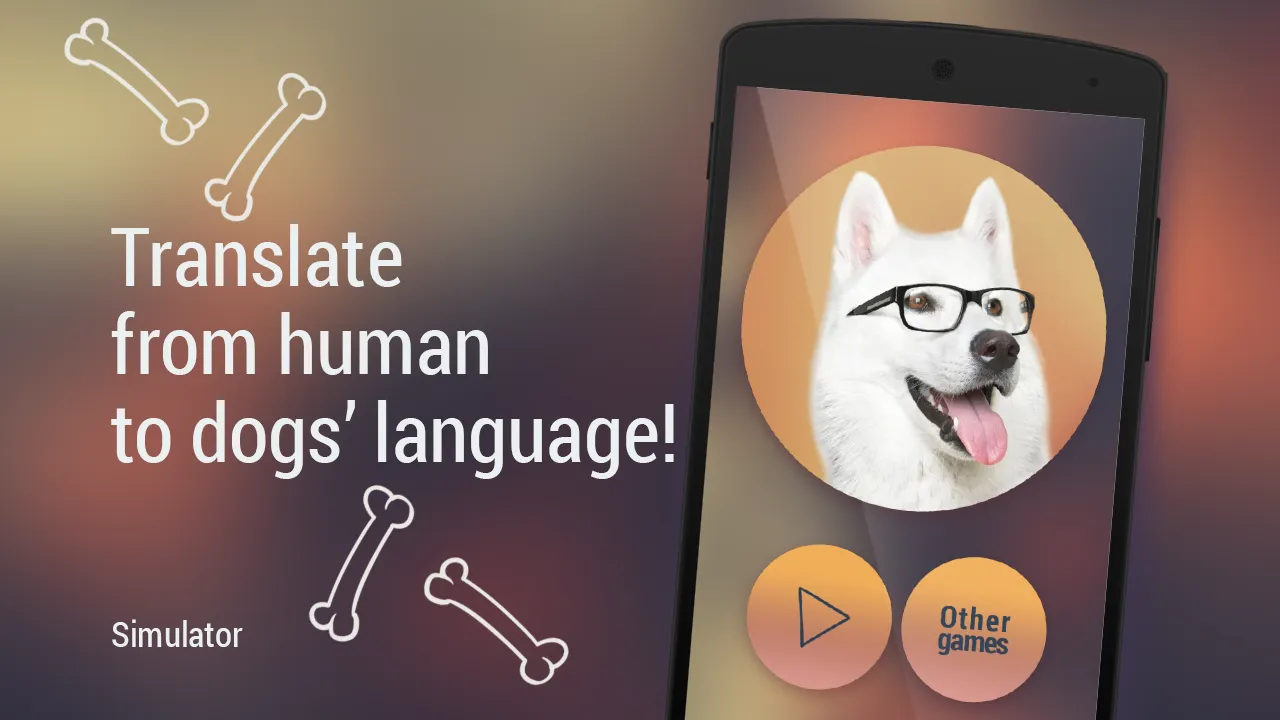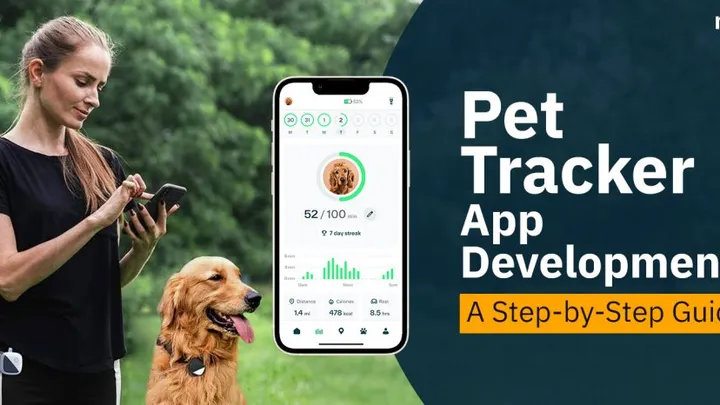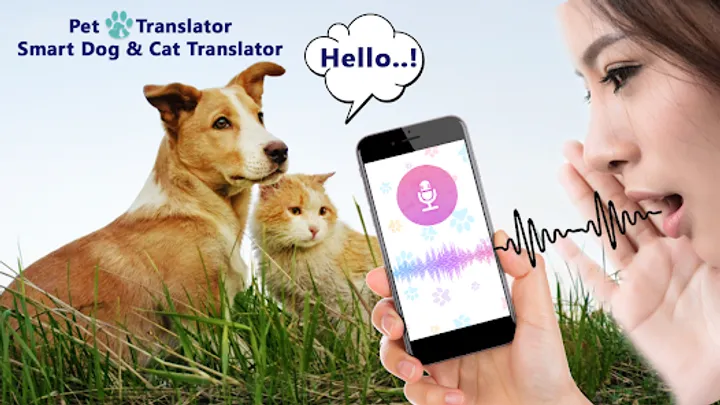As pet lovers, we’ve all wondered what our dogs or cats are trying to say when they bark, meow, or make those adorable sounds. Thanks to rapid advances in AI and sound recognition technology, there are now several apps for pet voice translation that attempt to decode what your pets are expressing. From detecting emotional tones to simulating speech, these apps are redefining the way humans interact with animals.
In this article, we’ll explore the top pet voice translator apps that bridge the communication gap between you and your furry companions. Each app is unique in its approach—some use machine learning, while others employ behavioral pattern data to interpret barks, meows, and purrs. Whether you’re curious about your dog’s mood or want to improve your bond with your cat, these apps promise to make pet communication more engaging than ever.
1. MeowTalk – The AI Voice Translator for Cats
MeowTalk is one of the most popular cat translation apps on the market. Developed by a former Amazon Alexa engineer, it uses AI-powered speech recognition to translate your cat’s meows into human language. The app categorizes different vocal patterns into emotional states such as happiness, hunger, discomfort, and affection.
Users can record their cat’s sounds, and the app will analyze frequency, pitch, and tone to deliver real-time interpretations. Over time, it learns from your specific cat, adapting to its unique vocal signature. The app even allows owners to create a “cat profile,” which personalizes results further and helps build a long-term emotional understanding.
What makes MeowTalk stand out is its continuous learning model—the more you use it, the smarter it becomes. While it’s not perfect, it offers an exciting glimpse into the emotional world of felines and helps owners better respond to their needs.

2. BowLingual – The Classic Dog Translator Reimagined
First introduced in Japan, BowLingual was one of the earliest attempts at translating dog barks. Today, the app has evolved into a digital companion that uses AI emotion analysis and sound pattern recognition to interpret your dog’s vocal expressions.
BowLingual listens to your dog’s bark through the microphone, categorizing it into emotional states like happiness, sadness, frustration, or curiosity. It even provides training insights by suggesting ways to respond to your dog’s needs.
The app’s charm lies in its simplicity—there are no complex setups, just instant bark analysis. Many users find it surprisingly accurate for identifying when their dogs are anxious or excited. With its history as a pioneering pet tech product, BowLingual remains a nostalgic yet effective tool for modern pet owners seeking deeper connection through sound.
3. Human-to-Dog Translator – Fun Meets Function
For those looking for a playful yet practical pet voice translator, Human-to-Dog Translator offers the perfect balance. Available for both Android and iOS, this app turns human speech into dog-like barks while also analyzing your dog’s responses.
It’s primarily designed for entertainment, but it’s grounded in basic sound recognition technology. You can record your dog’s bark, and the app gives a “translation” of what it might mean. The reverse feature—translating your voice into dog sounds—is a fun way to engage and test your pet’s reactions.
While not a serious research-based translator, it’s a great bonding and play tool, especially for families with children who enjoy interacting with pets. Think of it as a lighthearted bridge between you and your four-legged friend, rather than a scientific communication method.
4. Dog Translator Simulator – Bark Recognition Simplified
Dog Translator Simulator may sound like a novelty, but it’s one of the most downloaded dog sound interpretation apps worldwide. The app captures your dog’s barking patterns and attempts to match them with emotional profiles using AI-driven sound analysis.
Its database includes thousands of bark samples, enabling it to differentiate between play, warning, or distress tones. One of its standout features is sound playback—you can play dog sounds back to your pet and observe their responses, helping you understand behavioral cues more clearly.
The app also includes a training mode, where pet owners can use sounds to encourage or calm their pets. It’s particularly helpful for new dog owners trying to interpret vocal signals during early bonding or obedience training.

5. Cat Translator – Meow to English
Cat Translator takes a more scientific approach than many casual apps. It analyzes vocal frequencies, tone duration, and repetition patterns in meows to predict emotional intent. The app uses machine learning models trained on a global dataset of feline sounds.
Users can log each translation to track how their cat’s vocalization changes over time. Over days or weeks, the app creates a “sound diary” of your pet’s emotional trends—revealing when your cat feels playful, hungry, or irritated.
What’s impressive is the app’s commitment to data personalization. Each new meow helps refine the algorithm, making translations more specific to your cat’s unique voice. It’s an insightful tool for cat parents seeking both emotional and behavioral understanding.
6. TalkPet – AI Companion for All Species
Unlike most apps that focus solely on dogs or cats, TalkPet supports multiple species—including birds, rabbits, and even guinea pigs. Its goal is to analyze animal sounds across a wide spectrum and identify emotional contexts such as stress, curiosity, or affection.
TalkPet’s key feature is its cross-species database, trained on thousands of recorded animal sounds. The app also integrates behavioral data, combining audio recognition with motion tracking if you use a connected pet camera.
Beyond translations, TalkPet doubles as a digital companion app, storing data about your pet’s daily habits and moods. It’s particularly appealing to owners with multiple pets who want an all-in-one communication and care hub.
7. Pet Translator Pro – The Smart Analyzer
Pet Translator Pro is among the most advanced tools in the field of AI pet communication. It’s not just a translator—it’s a real-time analyzer that studies patterns in your pet’s voice and provides mood insights alongside sound meaning.
Using deep learning algorithms, it evaluates how your dog or cat’s pitch changes in different situations. Over time, it creates a “behavioral voice map,” helping you recognize when your pet is anxious, excited, or simply seeking attention.
The app’s user interface is sleek and intuitive, offering detailed feedback on each vocalization. Combined with optional wearable integrations, it can even track health and stress levels, making it one of the smartest pet translation tools currently available.
8. WoofTalk – Building Communication Bonds
WoofTalk takes emotional recognition to the next level by merging AI sound interpretation with emotional reinforcement training. The app doesn’t just translate—it teaches owners how to respond to their dogs’ vocal cues more effectively.
By analyzing barks, whines, and growls, WoofTalk provides feedback on what your pet might be feeling, along with suggested responses. For example, if your dog barks out of anxiety, the app may recommend calming techniques or interactive play.
What makes WoofTalk unique is its focus on mutual understanding—it’s not about literal translation but emotional alignment. Pet owners report that using the app consistently helps them build a stronger emotional connection and reduce behavioral misunderstandings.

9. Animal Translator – Universal Pet Communication
Animal Translator takes a broader approach to voice translation, offering support for cats, dogs, birds, and even reptiles. It’s an experimental app that uses AI pattern clustering to analyze animal noises and attempt to categorize them by emotional tone.
While still considered a novelty in many ways, Animal Translator has earned attention for its wide compatibility and real-time recognition system. Users can record live sounds during interactions or import audio clips to get emotion-based feedback.
The app encourages users to participate in data collection by submitting their recordings, contributing to ongoing research in animal linguistics. It’s both a fun and potentially groundbreaking way to help refine how AI interprets non-human communication.
10. My Talking Pet – Giving Voice to Emotions
Although not a translator in the strictest sense, My Talking Pet lets you add human-like voices to your pet’s photos and videos. This app uses voice synthesis and animation to simulate what your pet might say, making it both entertaining and emotionally expressive.
Users can record their own voice, and the app adjusts the tone to fit the pet’s personality. It’s a creative way to express what you imagine your pet is thinking, perfect for social media posts or sharing with family.
While it doesn’t analyze actual animal sounds, it plays an important emotional role—strengthening the human-pet bond through humor and empathy. It’s proof that communication isn’t always about literal translation; sometimes, it’s about imagination and joy.
The Future of Pet Voice Translation
The dream of talking to animals has fascinated humans for centuries, and with AI, that fantasy is inching closer to reality. While no app can perfectly translate animal speech yet, current technology provides an exciting window into animal emotion and behavior.
Many developers are now working with veterinary researchers and ethologists to refine algorithms and train them with verified behavioral data. As databases grow and AI becomes more sophisticated, the accuracy of pet emotion detection will improve significantly.
Future updates may include wearable sound monitors, real-time emotional graphs, and more advanced language modeling that distinguishes between playful noise and distress calls. These innovations could transform the way we care for pets, giving us deeper empathy and understanding for our animal companions.
Conclusion
The best pet voice translation apps bring us one step closer to true interspecies communication. Whether you use MeowTalk to understand your cat’s meows or WoofTalk to decode your dog’s emotions, each app offers a unique perspective on the fascinating relationship between humans and animals.
While these tools are still developing, they foster emotional awareness, improve pet care, and most importantly—create joyful, heartwarming moments between owners and their beloved pets. Communication might still be imperfect, but love doesn’t need translation.

















